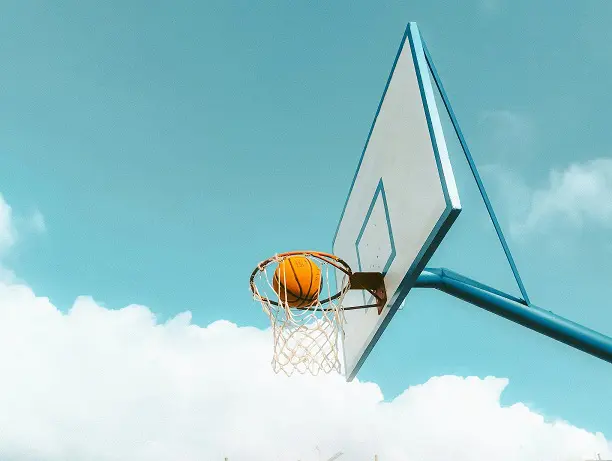
Predictability in the Madness
Every year, Nicholas Hoffman & Co. hosts a firmwide bracket competition for the NCAA March Madness tournament. As someone who knows very little about college basketball, I usually make my picks based on rankings and whether I like the team colors. This year, I missed the invitation while traveling and didn’t complete a bracket. Ironically, this might have been the year my strategy paid off.
For only the second time in history—and the first time since 2008—all four No. 1 seeds advanced to the men’s Final Four, before Florida prevailed in the Final. With a notable lack of Cinderella stories, many are speculating whether we’re entering a new era of predictability, with talent increasingly consolidated at top-tier programs. While it’s too early to know if this is a fluke or the beginning of a trend, two major developments over the past four years likely play a role: NIL and the transfer portal.
In 2021, a Supreme Court ruling allowed student-athletes to profit from their name, image, and likeness (NIL), upending the traditional power dynamic in college sports. Instead of money flowing primarily to athletic departments, athletes can now earn directly through NIL collectives (funded by boosters and donors), brand sponsorships, or entrepreneurial ventures like running clinics or selling merchandise. These NIL collectives have wide discretion in how they distribute funds, and unsurprisingly, most money flows to football and men’s and women’s basketball—sports viewed as revenue-generating for schools.
Looking ahead, a new funding stream is expected to launch in summer 2025, pending final approval. Schools will be permitted to share up to $20.5 million in revenue directly with athletes. Much like with NIL collectives, it’s expected that 85–90% of this funding will go to football and basketball players. It will be interesting to see how schools in football-focused conferences like the SEC divvy up this money, especially compared to schools in basketball-centric conferences like the Big East, which may be better positioned to allocate a greater share to basketball.
The transfer portal has also reshaped college sports. Introduced to bring transparency and give athletes more freedom, starting in 2021, it allowed one-time transfers without sitting out a season. In 2024, the NCAA relaxed the rules further, allowing athletes to transfer as often as they want. The current men’s basketball transfer window opened on March 24 and runs through April 22. By the end of March, more than 1,000 Division I players had already entered the portal.
The combined impact of NIL and the transfer portal has made it harder than ever for mid-major programs to build and retain a competitive roster. Talented players now have more financial incentive and flexibility to gravitate toward elite programs—further fueling the dominance of top seeds.
While I didn’t fill out a bracket this year, my usual approach—favoring favorites and flashy colors—might have landed me near the top. But as March Madness evolves, the real game seems to be happening off the court.
Meghan Pearson
